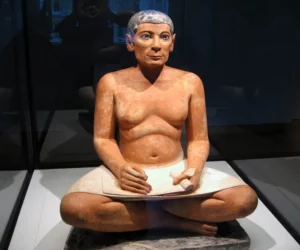The Seated Scribe: A Glimpse into Ancient Egyptian Life The Seated Scribe, also known as the Squatting Scribe, is one of the most famous works of ancient Egyptian art. This limestone sculpture, created during the Old Kingdom (circa 2450–2325 BCE), was discovered at Saqqara in 1850. It now resides in the Louvre, where it continues…
Ancient Artifacts
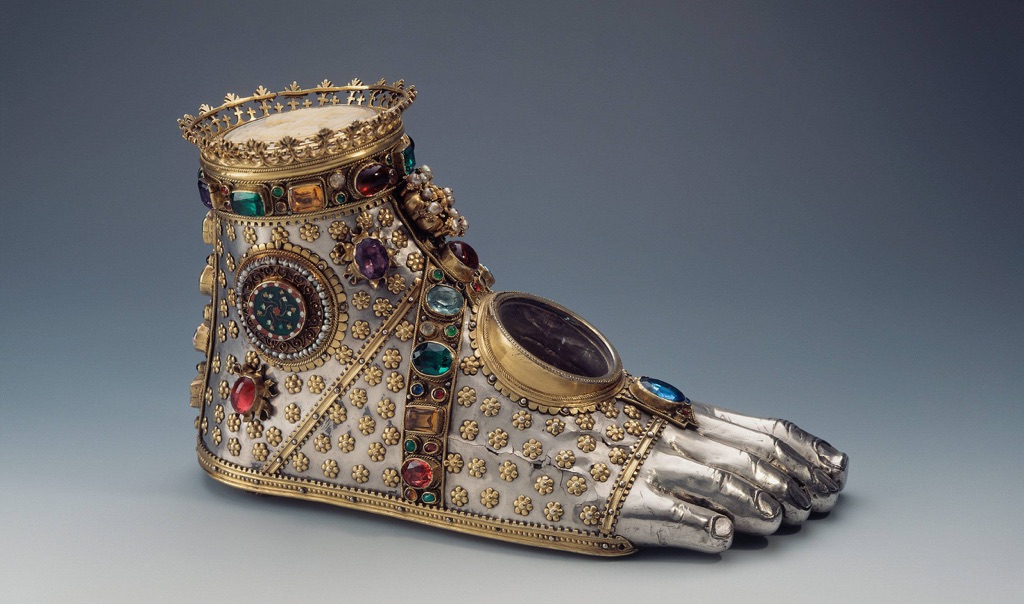
Moving to the East, ancient China artifacts like bronze vessels and oracle bones shed light on the rituals and governance of early Chinese dynasties. These artifacts highlight China’s long history of craftsmanship and written language. Similarly, ancient Egyptian artifacts are world-renowned, particularly for their funerary art, such as the treasures from King Tutankhamun’s tomb. These pieces reflect the Egyptians’ beliefs about death and the afterlife. Artifacts are not just old objects to be displayed in museums; they are keys to unlocking the secrets of human development across the ages. They preserve the ideas and values of people who lived thousands of years before us. Through careful study, they teach us about our collective history and heritage.
Among the most famous ancient artifacts in the world is the Rosetta Stone. Discovered in 1799, this granodiorite stele was the key to understanding Egyptian hieroglyphs—a script made of small pictures that was used originally in ancient Egypt for religious texts. The Rosetta Stone is inscribed with a decree issued at Memphis in 196 BC on behalf of King Ptolemy V. The decree appears in three scripts: the upper text is Ancient Egyptian hieroglyphs, the middle portion Demotic script, and the lower Ancient Greek. Because it presents essentially the same text in all three scripts, it provided the crucial link for scholars to decipher Egyptian hieroglyphs, thereby opening a window into ancient Egyptian history.
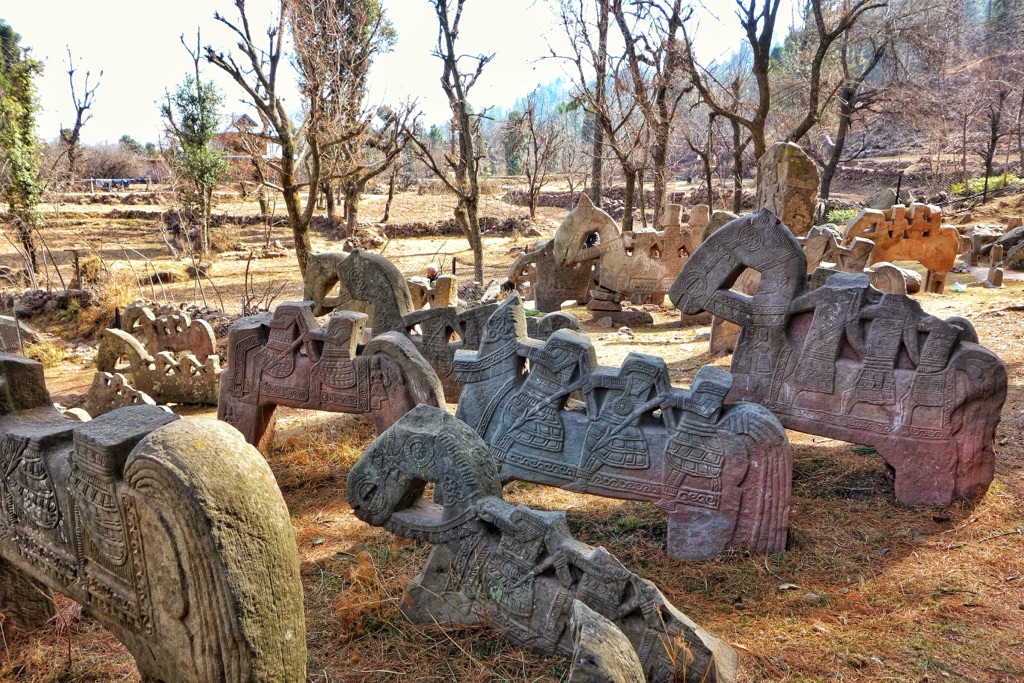
The title of the oldest artifact on earth goes to the stone tools found in Lomekwi 3, Kenya, which date back to 3.3 million years ago. These tools predate the earliest known humans and suggest that tool-making was a part of our pre-human ancestors’ way of life. These ancient tools mark a significant milestone in human evolutionary history, indicating the beginnings of technology and innovation. They are not just simple objects; they represent the dawn of human ingenuity and the very first steps towards the complex societies we have today.
An ancient artifact can be defined as any item made or used by humans in ancient times that has cultural, historical, or archaeological significance. These artifacts can range from monumental structures like the pyramids of Egypt to small, everyday objects like Roman coins. They can include items as diverse as weapons, clothing, and artwork. Each artifact, no matter its size or apparent significance, offers a glimpse into the lives of those who came before us, providing evidence of past behaviors, beliefs, and social structures.
Famous ancient artifacts not only include monumental finds like the Rosetta Stone or the treasures of Tutankhamun’s tomb but also the Terracotta Army of China, the Dead Sea Scrolls, and the Venus of Willendorf. The Terracotta Army, buried with the first Emperor of China, Qin Shi Huang, consists of thousands of life-sized figures meant to protect the emperor in the afterlife. The Dead Sea Scrolls, discovered in a series of caves near the Dead Sea, are ancient Jewish texts that offer invaluable insight into the history of Judaism and the early text of the Bible. The Venus of Willendorf, a small Paleolithic figurine discovered in Austria, dates back to about 28,000 BCE and is thought to represent fertility. Each of these artifacts, in its own way, has reshaped our understanding of human history, offering evidence of the complexity, diversity, and ingenuity of ancient civilizations.
List of Discovered Ancient Artifacts
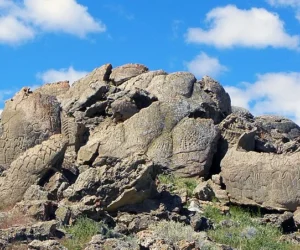
The Winnemucca Petroglyphs
The Winnemucca Petroglyphs are a remarkable collection of ancient rock carvings found in Nevada, USA. They are among the oldest known petroglyphs in North America, with some estimates dating them as far back as 14,800 years ago. These intricate carvings offer a window into the lives of the early inhabitants of the region and remain…
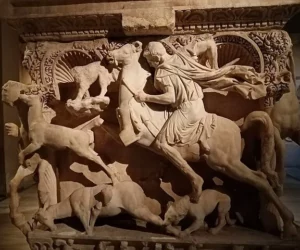
Alexander Sarcophagus
The Alexander Sarcophagus is one of the most significant archaeological finds of the ancient world. Discovered in Sidon, Lebanon, it is renowned for its intricate bas-relief carvings and historical significance. Despite its name, it was not the final resting place of Alexander the Great. Instead, it is believed to have belonged to a noble, possibly…
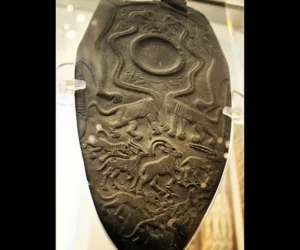
The Oxford Palette
The Oxford Palette is a significant artifact from ancient Egypt, dating to the late Predynastic Period, around 3200–3000 BC. This stone palette, housed in the Ashmolean Museum in Oxford, is a prime example of early Egyptian artistry and symbolic communication. Description and Function The palette is carved from schist, a type of metamorphic rock. It…
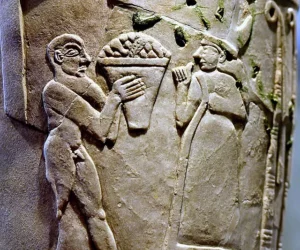
The Warka Vase
The Warka Vase is one of the most significant artifacts from ancient Mesopotamia. It was discovered in the ruins of the ancient city of Uruk, also known as Warka, in present-day Iraq. This vase dates back to approximately 3200–3000 BC, during the Uruk period, when Uruk was a powerful city-state. Scholars consider the vase a…
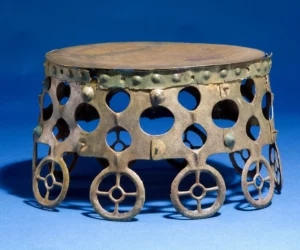
The Balkåkra Ritual Object
The Balkåkra Ritual Object: Mystery from the Bronze Age The Balkåkra Ritual Object, unearthed in 1847 near Ystad, Sweden, remains an enigma. This ancient bronze artifact, dating back to roughly 1500–1300 BC, has left archaeologists guessing about its true purpose. Though some suggest it may have been a ritual item, its exact function is still…

